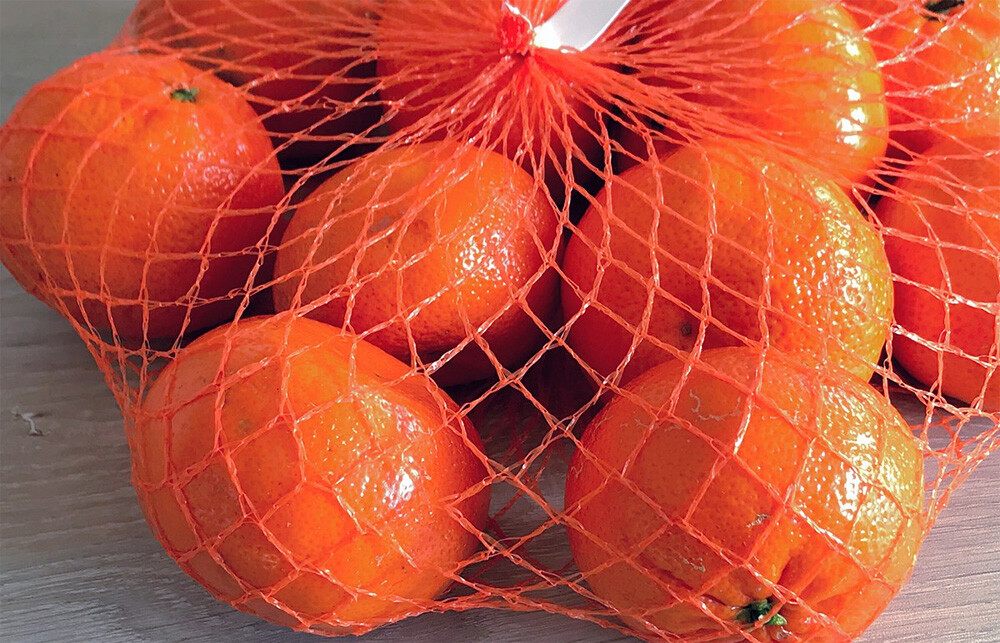Don’t believe your eyes. They lie to you every day. The only way to accurately perceive the world is to wear a blindfold and grope anything within reach, to feel what’s truly tangible. Either that, or educate yourself about the way your sense of sight deceives you, by using those eyes of yours to read about the following illusions.
Your Nose Is Smaller Than Selfies Tell You It Is
For many years, people found photos of themselves strange and off-putting. They were so used to seeing their own face reversed in the mirror that the sight of their actual face, unreversed, looked unnatural. This effect is less strong today because cameras are so common that we’re increasingly familiar with photos of ourselves. However, for some of us, these photos are misleading in a new way.
We’re talking about selfies — and no, we don’t mean how filters look misleading. When you add filters, you’re fully aware of that. We’re instead talking about the effect of holding the camera so close to your face when taking photos. The closer something is to the camera, the bigger it looks, and these objects change sizes at different rates. The two photos below are of the same person, taken just moments apart. The pic on the left is from one foot away, while the one on the right is from five feet away.
Various elements change in prominence. The nose is an obvious one, and after examining various people of different nose varieties, a group of scientists calculated that a photo taken from so close enlarges your nose by 30 percent compared to a photo taken from farther away.
Which of the two photos is accurate? That’s impossible to say, as no photo is accurate, but the farther photo is truer to how people see that guy in real life. Which of the two looks better? That’s even harder to objectively say, but a lot of people irrationally feel their noses are too big and opt for plastic surgery, and their false conception of their nasal force may come from selfies. For authentic pics, never hold your phone up close. Instead, set up a tripod several feet away, inconveniencing everyone in the name of better art.
The Moon Keeps Changing Its Size on You
If you’re lucky enough to see the Moon rise or set over the horizon, you’ll notice it looks different from how it looks when it’s high in the sky. It looks a bit more yellow, due to the greater amount of atmosphere that moonlight must travel through to reach your eyes from this angle. It may also look slightly squashed, which is another effect of looking at it through so much atmosphere.
More than anything else, however, the low Moon simply looks much bigger than the Moon as you normally know it. Everyone sees this difference, and no one knows why.

It doesn’t look quite as big as in exaggerated illustrations like the one above, but it does look bigger than it does when it’s high in the sky. And yet, if you hold out your hand and compare the tip of your thumb to the Moon at either point, the Moon will always look about the same size as it. The Moon does not really change size, and also the image of the Moon does not change size. The change is all in your head.
Ask around, and you’ll hear possible explanations from people who sound confident. “It looks big when it’s low,” they say, “because it’s next to a bunch of stuff, but it’s alone when it’s high in the sky.” Or they’ll say that it’s smaller when high in the sky because that’s when it’s near some point of reference. This explanation doesn’t really work, as the illusion holds true even when your field of vision is clear of everything else in both cases.
Other people try to figure out how we’re conditioned to see things in certain directions as certain sizes, or how lines between us and the horizon warp our perspective. You’re welcome to consider any explanation you like, but none are the definitive answer. Even NASA says, “Sorry y’all, we’re stumped on this one.”
They’re Using Color to Lie About Produce
You can study hard and learn all the rules, but then brains and eyes do their own thing, laughing at all you know. For example, a pretty basic concept in art is the color wheel. Each color has a complementary color. For a primary color (like red), the complement is the mixture of the opposing primary colors (blue and yellow mixed together to make green). For a secondary color (like green), the complement is the primary color that’s not a component of that secondary color (red).
A color looks deeper when contrasted against its complement. This is why the meat section of the supermarket features a bunch of decorative veggie leaves. That’s not garnish for flavor. The green bits make the meat look redder.

Let’s test this knowledge about colors. Suppose you have a bunch of oranges now, and you want to emphasize their color. What color do you wrap them in? According to the color wheel, blue complements orange. So, let’s try blue?
Wrong. We use a red mesh bag.

The red mesh is a trick to make the oranges look more orange. You might think that the red, through contrast, would make the oranges look less orange, pushing them toward yellow, but not in this case, no.
The difference may be that we we don’t perceive the mesh as a separate object from the oranges, so our brains don’t try to contrast the two. Your eye focuses on the red lines, and your brain uses that red to fill in the gaps (gaps that already look roughly the same color). This is also why, as we’ve demonstrated before in this article here, you can draw a few colored lines on a black-and-white photo, and you will perceive the entire picture as though it’s in color.
Clocks Look Like They Stop Because They Break Your Brain
You’re sitting somewhere boring, maybe a classroom or the DMV. You look at the clock (we’re going to describe an analog clock for this example, but any clock with seconds will do). As soon as you look at it, your eye goes to the second hand. It seems like it moves in slow motion, as though it takes much more than a second for the first tick.

Is this simply because you’re bored, and the gods are torturing you? No. This is something people appear to experience universally. It’s called chronostasis, and it results not from your mood but from the movement of your eye.
When your eye must shift in focus from something in one direction to something in another, that’s known as a saccade. The wider the saccade, the greater the chronostasis. For example, if you take 140 milliseconds to shift your eye 55 degrees, the second hand will appear to pause longer than if you see that same hand after taking 70 milliseconds to shift your eyes 22 degrees.
Your brain kind of skips a beat during that brief time that your eye spends switching direction. Your brain then tacks that skipped time onto the image you land on, and it may overcompensate. We illustrate this most easily with a clock because we know how long a second hand takes to move, which means if you think it takes longer, your perception is screwed. Here’s the scary part, though: There’s nothing unique about clocks. This same effect must kick in and obscure every single thing you see.
You can’t trust your own perception of time. Of course, that’s the whole reason we invented clocks.
Follow Ryan Menezes on Twitter for more stuff no one should see.

